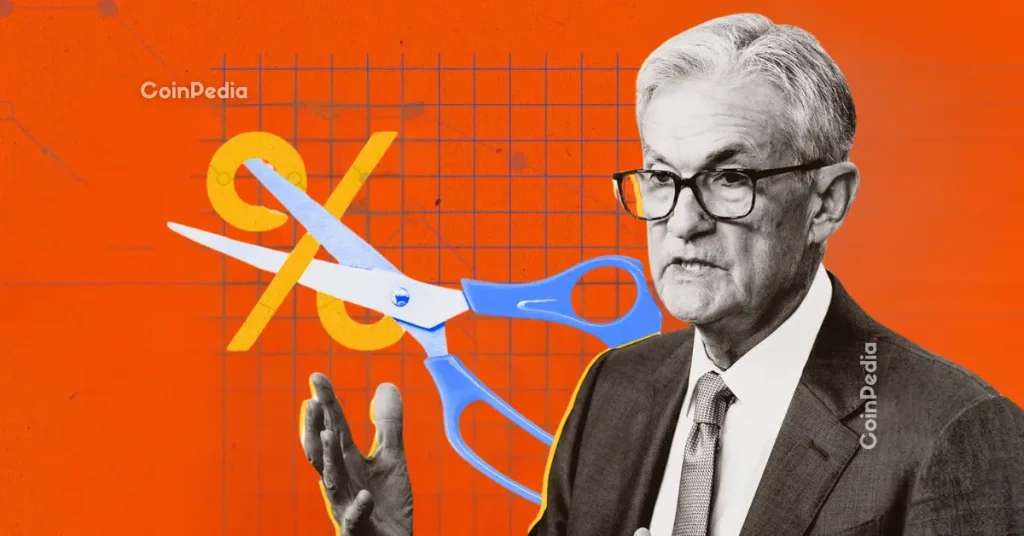The cryptocurrency market is once again navigating turbulent waters, as a burgeoning balance sheet crisis among several prominent market makers sends shockwaves across the ecosystem. This liquidity crunch, unfolding rapidly over the past weeks, has triggered a broad market downturn, leaving investors questioning the stability of the digital asset landscape. The foundational role of market makers in providing liquidity, facilitating trade, and ensuring efficient price discovery means their financial distress has far-reaching implications, extending beyond mere price corrections to challenge the very infrastructure of crypto trading.
The Genesis of the Crisis
Reports from multiple analytical firms and on-chain data aggregators point to significant strain on the balance sheets of key crypto market makers. Factors contributing to this precarious situation include:
- Leveraged Positions: Many market makers heavily utilized leverage in their strategies, making them highly susceptible to sudden market reversals and liquidations.
- Illiquid Assets: Exposure to certain illiquid or struggling altcoins, alongside venture investments that have depreciated significantly, has locked up capital.
- Contagion from Defaults: Echoes of past major defaults (like those seen in 2022) have left some market makers with impaired assets or unrecoverable loans.
- Reduced Trading Volumes: A general slowdown in trading activity across major exchanges has squeezed profitability for firms reliant on volume-based fees and arbitrage opportunities.
- Rising Funding Costs: Increased interest rates in traditional finance and tighter credit conditions have made capital more expensive to acquire for operational needs.
This confluence of pressures has led to a reduction in capital deployed for market-making activities, directly impacting the depth and breadth of order books across centralized and decentralized exchanges.
Widespread Impact on Liquidity and Volatility
The immediate consequence of market maker distress is a noticeable deterioration in market liquidity. Bid-ask spreads have widened significantly, making it more expensive for traders to enter and exit positions, especially for less liquid assets. This exacerbates price volatility, as smaller trades can now have a more pronounced effect on asset prices.
- Increased Slippage: Traders are experiencing higher slippage, meaning their executed orders are significantly different from their expected prices.
- Flash Crashes: Reduced liquidity increases the potential for rapid, sharp price declines (flash crashes) as cascading liquidations meet thin order books.
- Reduced Market Depth: Order books are thinner, especially away from the immediate bid and ask, indicating less capital is available to absorb large trades.
- Investor Confidence Erosion: Uncertainty around the financial health of these critical intermediaries undermines overall market confidence, leading to further withdrawals and risk aversion.
Major digital assets, including Bitcoin and Ethereum, while more resilient, are not immune, experiencing heightened volatility and struggles to hold key support levels in the face of reduced institutional buying pressure.
Regulatory Scrutiny Intensifies
As the crypto market grapples with this internal solvency crisis, regulators globally are undoubtedly observing with keen interest. The lack of stringent oversight for many crypto market-making operations—especially those operating internationally or on platforms with less robust KYC/AML protocols—is likely to come under fire. This crisis could serve as a catalyst for:
- Enhanced Transparency Requirements: Regulators may push for greater disclosure of balance sheets, risk management practices, and counterparty exposures from market makers.
- Licensing and Registration Mandates: More jurisdictions could mandate licensing for firms engaging in significant market-making activities, bringing them under direct regulatory purview.
- Capital Adequacy Standards: The establishment of minimum capital reserves and stress testing requirements, similar to those in traditional finance, could be introduced to bolster resilience.
The industry’s ability to self-regulate and provide clear, transparent data will be crucial in shaping the future regulatory landscape and potentially mitigating punitive measures.
Conclusion
The current balance sheet crisis among crypto market makers represents a significant stress test for the digital asset ecosystem. While challenging, such periods often catalyze necessary reforms and innovations. The industry must prioritize transparency, strengthen risk management, and explore more robust, decentralized liquidity mechanisms to build a more resilient financial infrastructure. How market makers navigate this period of distress and how regulators respond will define the next chapter for crypto market stability and growth.
The post Crypto Market Maker Balance Sheet Crisis Deepens, Triggering Broad Market Downturn appeared first on FXcrypto News.






















 24h Most Popular
24h Most Popular





 Utilities
Utilities